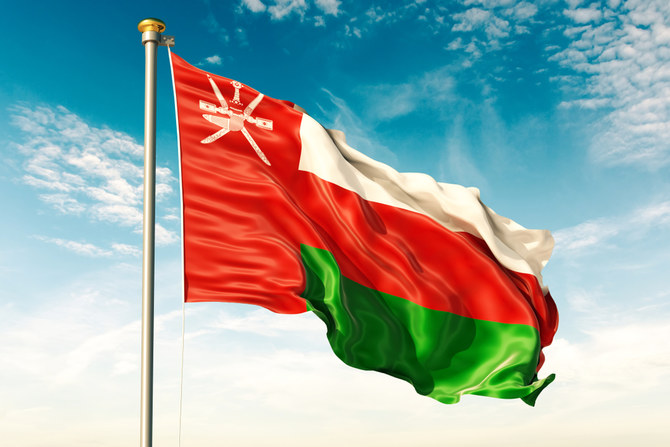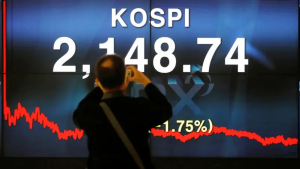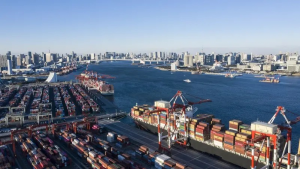Oman’s continued improvement in public finances has pushed its credit rating to “BBB-” from “BB+,” according to S&P Global Ratings.
The agency raised its long-term foreign and local currency sovereign credit ratings, underlining a stable outlook on the long-term scores and upgrading Oman’s short-term grades to “A-3” from “B.”
The transfer and convertibility assessment was also improved, rising to “BBB” from “BBB-.”
The upgrade reflects a strengthening of Oman’s public finances and the ongoing external deleveraging of state-owned enterprises.
“Following significant deterioration in the balance sheet over 2015-2021, the government has implemented structural reforms that will see it return to a net asset position from this year,” the report stated.
The government has reorganized its government-related entity sector to enhance operational efficiencies and improve financial stability, leading to a reduction in total GRE debt to $33.8 billion, or 30 percent of gross domestic product, as of June, down from a peak of $35.9 billion, or 41 percent of GDP, at the end of 2021.
S&P highlighted that Oman’s fiscal position remains highly dependent on oil price movements, but resilience against such shocks has strengthened through various reform measures.
Authorities have focused on rationalizing expenditure and mobilizing non-hydrocarbon revenue, with upcoming steps including implementing a personal income tax and phasing out energy subsidies.
Furthermore, the government is reducing its direct involvement in the economy, shifting toward a regulatory role by selling assets to develop the non-hydrocarbon private sector and attract foreign direct investment.
The report also underscored Oman’s growing financial buffers. “On the asset side, the government continues to accumulate sizable liquid buffers via its deposits in domestic institutions and the central bank, alongside its sovereign wealth fund — the Oman Investment Authority,” the rating agency stated.
S&P forecasts that Oman will post fiscal surpluses of 1.9 percent of GDP over 2024-2027, assuming Brent crude oil prices average around $80 per barrel during that period. These surpluses would enable Oman to further reduce external debt levels and accumulate liquid assets.
“S&P upgrading Oman’s investment grade rating affirms the country is confidently advancing toward the national goals of achieving fiscal balance and financial sustainability,” the nation’s Minister of Finance, Sultan Al-Habsi, stated, according to a post on the Oman News Agency’s official X account.
Al-Habsi added that this rating enhances confidence in the resilience, growth capacity, and investment appeal of the country’s economy.
The stable outlook from S&P reflects a balance between the potential benefits of the government’s fiscal and economic reform program and the economy’s structural vulnerability to oil price volatility.
S&P suggested that the ratings could be raised over the next two years if ongoing reforms lead to sustained growth in GDP per capita, bolstered by progress in non-oil sector growth and institutional strengthening aimed at economic diversification and domestic capital market development.
S&P also warned that any slowdown in fiscal and economic reforms or adverse external conditions, such as a significant negative shift in trade terms, could lead to budgetary deficits and elevated net debt levels, prompting a potential downgrade of Oman’s credit rating.











